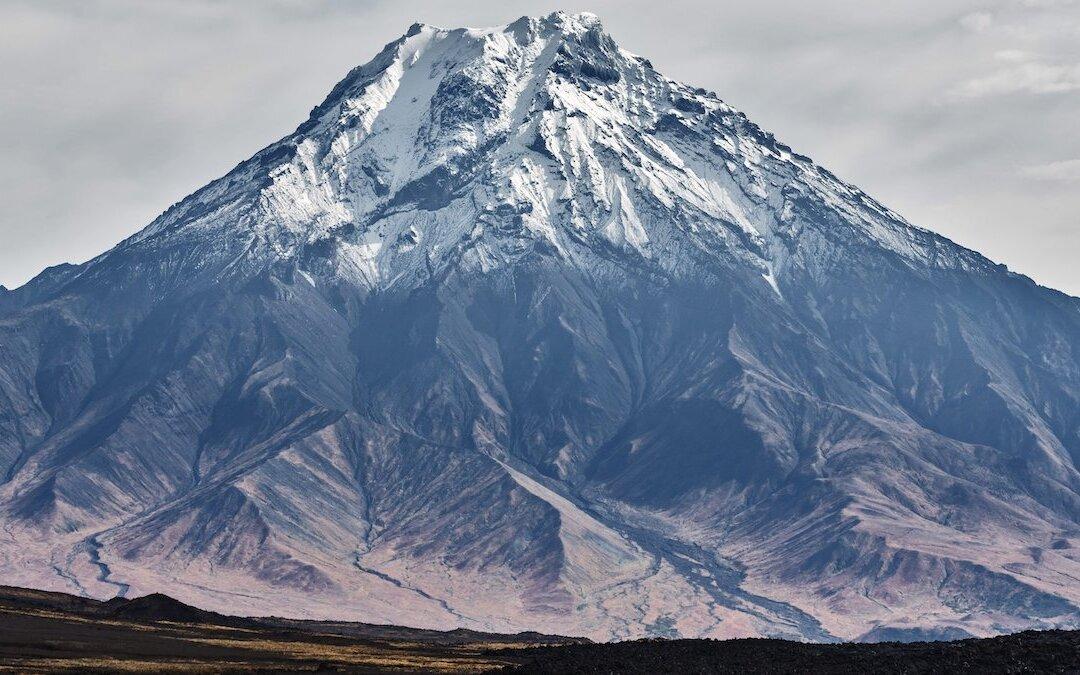A once considered extinct volcano in Russia’s far eastern corner may have woken up, and scientists are now warning of a potentially catastrophic eruption.
The Bolshaya Udina volcano—part of a complex of volcanoes on Russia’s Kamchatka Peninsula—had been dismissed as inactive until late 2017, when scientists detected increasing seismic activity beneath it, according to recent research, reported CNN.





